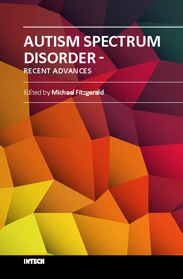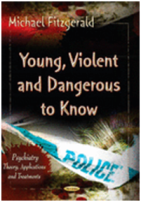|
Ada Byron
Daughter of Lord Byron
Countess of Lovelace
|

Great female mathematicians are less common than males and are described in this book, the Mind of the Mathematician written by internationally famous mathematician Prof. Ioan James and accomplished psychiatrist Prof. Michael Fitzgerald look at the complex world of mathematics and the mind. This book discussed the brilliant female mathematician Ada Byron and her major work with Charles Babbage and his calculating machines and associated disorder that she may have suffered from. What makes mathematicians tick? How do their minds process formulas and concepts that, for most of the rest of the world’s population, remain mysterious and beyond comprehension? Is there a connection between mathematical creativity and mental illness? In The Mind of the Mathematician, together they explore the behavior and personality traits that tend to fit the profile of a mathematician. They discuss mathematics and the arts, savants, gender and mathematical ability, and the impact of autism, personality disorders, and mood disorders. These topics, together with a succinct analysis of some of the great mathematical personalities of the past three centuries, combine to form an eclectic and fascinating blend of story and scientific inquiry. What makes the mathematician tick? How do their minds process formulas and concepts that, for most of the rest of the world’s population, remain mysteriously beyond comprehension? Is there a connection between mathematical creativity and madness?
In the Mind of the Mathematician, internationally famous mathematician Ioan James and accomplished psychiatrist Michael Fitzgerald look at the complex world of mathematics and the mind. Together they explore the behaviour and personality traits that tend to fit the profile of a mathematician. They discuss mathematics and the arts, savants, gender and mathematical ability, autism and mathematicians, and the impact of personality disorders and mood disorders. Mathematicians discussed include Gödel, Dirac, Hardy, Hadamard, Kovalevskaya, Poincare, and Gauss.
These topics, together with a succinct analysis of the great mathematical personalities of the past three centuries, combine to form an eclectic blend of story and scientific inquiry that will fascinate all those curious about how a mathematician’s mind really works.
|









